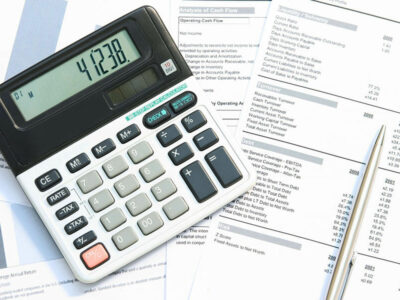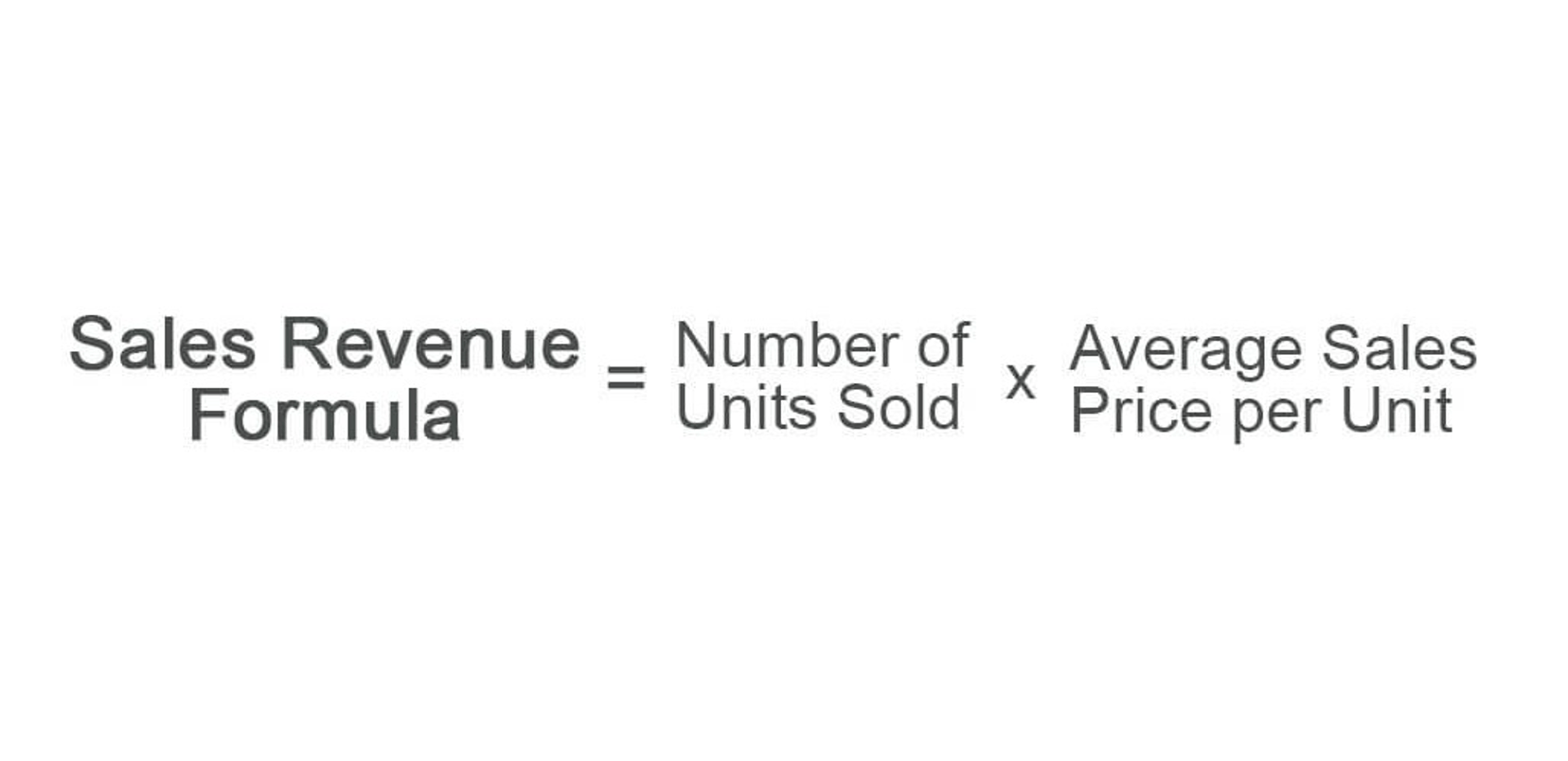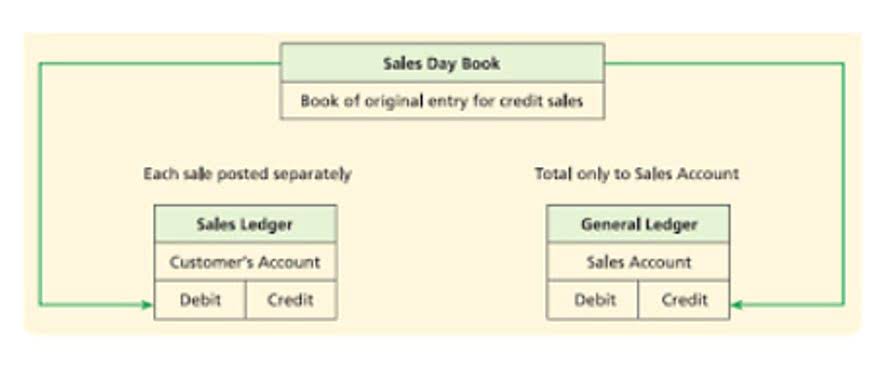
The reduction in earnings before tax directly affects how much tax the patent amortization company will pay. Plus, these numbers are closely watched by investors and analysts as indicators of a company’s performance. Therefore, getting the amortization charges right is essential—not just for compliance, but also for maintaining investor confidence and ensuring that tax is calculated correctly. These patent rights are of tremendous value to company if the design of the product is dependent on the patent right. This prevents the competition to legally produce, sell and distribute the patented products without the permission of the owner.
- In addition to providing financial benefits, amortization can also offer legal protection.
- From regulatory changes to technological advancements, this white paper provides the insights you need to stay ahead.
- For example, a pharmaceutical company that has developed a new drug will patent the formula.
- There may also be a submitting price that relies on a variety of claims related to the invention’s specific utility, which can range from $400 to $1000, or more.
- I strongly believe that the strategic management of patent amortization is a critical factor in maximizing the value derived from these assets.
- Accurate valuation, proper amortization, and regular impairment testing ensure that your financial accounting remains reliable and transparent.
- If you do this before the asset has been completely amortized, then any remaining unamortized balance is recorded as a loss.
Understanding Patents
- From a tax authority’s point of view, the emphasis is on the legality and correctness of the amortization claims.
- Our solution has the ability to prepare and post journal entries, which will be automatically posted into the ERP, automating 70% of your account reconciliation process.
- The patent is not depreciated like tangible assets; instead, it is amortized because it is an intangible asset.
- In the intricate web of financial markets, premiums in derivative markets hold a pivotal role,…
- Because they are reporting it in the annual report, we can assume they are using separate GL accounts for the accumulated amortization.
- Many countries that follow GAAP and IFRS require amortization of intangible assets to ensure compliance.
By spreading out the amortization expense, businesses can benefit from tax deductions annually instead of all at once. When a patent is sold, licensed, or otherwise disposed of, the financial impact depends on the transaction structure and asset classification. The gain or loss is determined by subtracting the patent’s adjusted basis—original cost minus accumulated amortization—from the proceeds received.
What are the different amortization methods?
This involves a careful balance between the costs of patenting, including application, maintenance, and enforcement costs, and the potential revenue streams that can be generated over the patent’s lifetime. By considering different perspectives, from the individual inventor to the multinational corporation, we can uncover a multitude of strategies to optimize the financial benefits of patents. Understanding the tax implications of patent amortization is crucial for inventors and businesses alike. Amortization of patents allows for the gradual deduction of the cost of a patent over its useful life, typically 15 years from the date of acquisition or the patent grant date, whichever is later. This process not only aids in reducing the taxable income but also reflects a more accurate depiction of the patent’s decreasing value over time. However, the tax benefits and implications can vary significantly based on jurisdiction, the nature of the patent, and the income it generates.

Understanding the Basics of Patent Costs

Intangible assets, particularly patent rights have a limited duration for the owner to claim rights. 8 Intangible property is not accelerated cost recovery system or modified accelerated cost recovery system property (Sec. 168 property), so it is amortized, if at all, under Sec. 167. In 1992, the Supreme Court held in INDOPCO3 that expenditures should be capitalized if they result in significant future benefits, whether or not they produce a separate and distinct asset. Unfortunately, the significant-future-benefits test raised more questions than it answered. The useful life is the number of years or other periods that you expect the patent will generate an economic benefit to your small business. This pattern continues, with amortization decreasing over the asset’s useful life.
Learn to accurately calculate and account for amortization expense to properly value intangible assets and improve financial reporting. When it comes to amortizing intellectual property assets, there are certain best practices that can help you unlock their full value. From recording the asset on your balance sheet to estimating its useful life, there are many factors to consider. It’s important to approach the process from different points of view, such as legal, financial, and operational, to ensure that you’re getting the most out of your intellectual property assets. Amortization can provide a short-term boost to a company’s financial statements, but it can also have long-term implications.


Thus, it is important to Mental Health Billing have a sound plan to manage the intangibles, both internally developed and purchased, to ascertain their safeguarding. Patent amortization is a critical financial strategy for inventors and companies that hold patents. It involves the systematic reduction of the value of the patent on the balance sheet over its useful life.

From a tax perspective, companies must ensure that they are complying with the relevant tax laws and regulations. This includes ensuring that they are properly accounting for the amortization of their intellectual property assets and claiming the appropriate tax deductions. Failure to comply with the relevant tax laws and regulations can result in penalties and additional tax liabilities. Amortizing intellectual property assets can be a valuable tool for unlocking their value. However, it is important to consider a variety of factors before making a decision, including the nature of the asset, the overall financial health of the company, and the potential impact on stakeholders. By carefully considering these factors, companies can make an informed decision about whether or not to amortize their intellectual property assets.
Under the straight-line method, an intangible asset is amortized until its residual value reaches zero, which tends to be the most frequently used approach in practice. If you need help with patent amortization, you can post your legal need on UpCounsel’s marketplace. Lawyers on UpCounsel come from law schools such as Harvard Law and Yale Law and average 14 years of legal experience, including work with or on behalf of companies like Google, Menlo Ventures, and Airbnb. https://blocobr.com.br/your-local-bookkeeping-company/ In application, the prices of acquiring a patent could be so small that they don’t meet or exceed an organization’s capitalization restriction.
